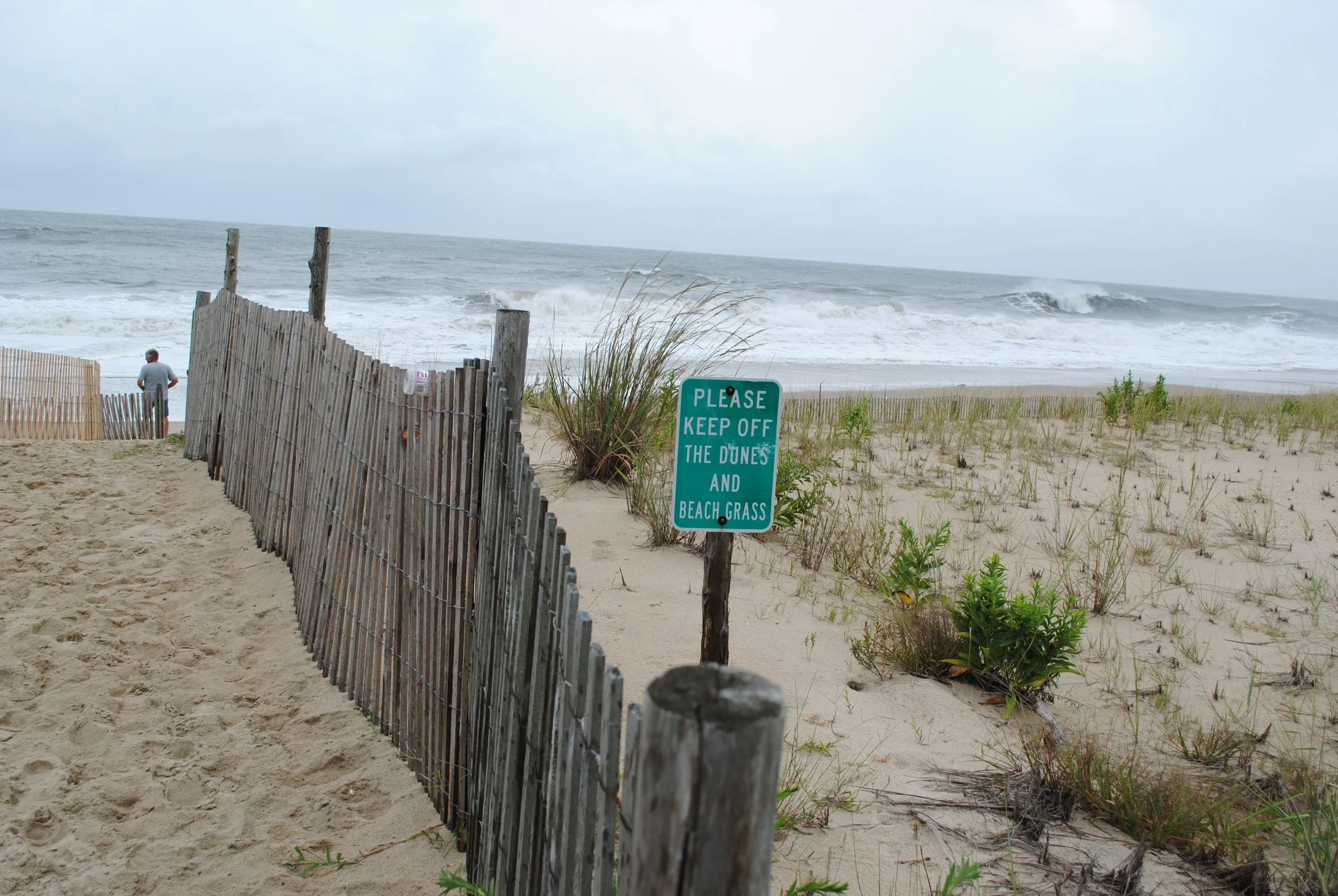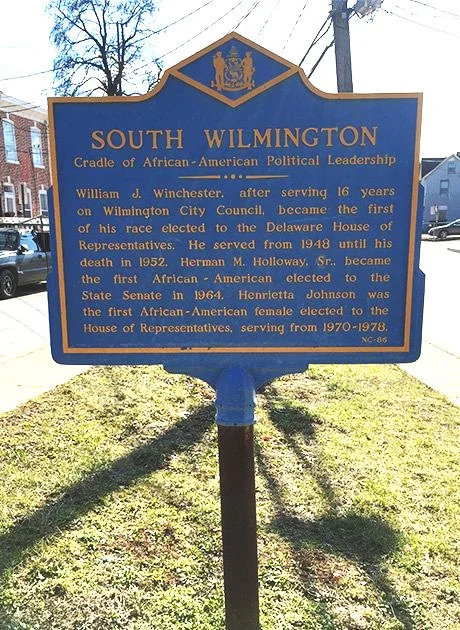Current research projects
-
Investigators: Dr. Mi-Ling Li
Like most temperate estuaries, the ecology and environmental conditions of Delaware Bay vary greatly over spatial and temporal scales and support a complex food web that couples benthic and pelagic productivity. Given the risk of serious PFAS contamination in the Delaware Bay and a wealth of knowledge regarding its food web structure, this project aims to use Delaware Bay as a field site to gain a better understanding of the spatiotemporal distribution and trophic transfer of PFAS in a temperate estuarine food web.
-
Investigators: Christina McGranaghan, Laura Paul, Kent Messer, Leah H. Palm-Forster, A.R. Siders
As the lowest-lying state in the nation, Delaware is susceptible to sea level rise and extreme weather events. State agencies and communities must adapt to changing conditions using approaches such as property elevations, beach nourishment, living shorelines, and voluntary home buyout programs. Voluntary home buyouts can be an effective way to protect homeowners physically and financially from severe and repeated flood risk, while also benefiting the surrounding community. Purchased lots can be converted into wetlands that reduce flood pressure on neighboring properties, and publicly owned infrastructures can be removed if it is no longer used.
However, the degree to which these benefits are realized depends on the spatial arrangement of properties acquired. Large contiguous areas provide greater wetland value, are cheaper to sustain, and are more likely to reduce the need to maintain vulnerable infrastructures than areas featuring a patchwork of successful buyouts. The spatial arrangement also matters to homeowners whose valuations of their properties depend, in part, on whether current neighbors stay or move away. Delaware’s current acquisition mechanisms are not as cost-effective as possible because spatial dimensions are not considered.
This project draws on the economics literature addressing spatial dependencies in land conservation to identify alternative acquisition mechanisms that explicitly encourage spatial coordination. To test the cost-effectiveness of these mechanisms for home buyouts, the project proposes an experimental economics framework that captures relevant dimensions of buyout projects. This experimental platform will provide an important pre-disaster communication tool to highlight the benefits of spatially coordinated approaches and promote resilient coastal communities.
-
Investigators: Victor W. Perez, Jennifer A. Horney, Martin D. Heintzelman
Research has demonstrated wetlands and other environmental amenities provide social, economic, and health benefits to surrounding communities. However, these amenities may exacerbate inequities when located in neighborhoods with a history of environmental injustice. Research in Southbridge, a historically Black community near the South Wilmington Wetland Park, suggests residents have mixed views due to concerns about flooding, exposure to environmental contaminants, and potential for displacement due to green gentrification. The objectives of this interdisciplinary research are to: 1) assess residents' perceptions of potential effects of the Wetland Park, including enhanced social cohesion, flood reduction, property value and housing cost changes, economic growth through green jobs, and positive health impacts; and 2) communicate findings to communities and stakeholders to support positive outcomes for residents in the future. To accomplish these goals, Photovoice, interviews, surveys, and document reviews will be conducted to collect resident perceptions about expected social, economic, and healthchanges resulting from the Wetland Park. Existing local data on property values, flood insurance rates, and other economic indicators will be used to assess whether local perceptions are reflected in these other available data. Existing local data on the prevalence of chronic diseases, healthy lifestyles, and community safety will be used to assess alignment of resident perceptions. Benefits of this project include establishing a baseline measure of community perceptions of benefits of the Wetland Park and documentation of potential threats. Findings will inform the City of Wilmington’s 2028 Comprehensive Plan by promoting the role of equity in neighborhood revitalization and redevelopment planning.
-
Investigators: Drs. Aaron Carlisle, George Parsons, Edward Hale
Recreational fishing is an important economic activity in coastal states such as Delaware, and sharks are commonly targeted by recreational fisheries. Recently, charter fishing vessels have begun to increasingly target sharks, however, the impact of these fisheries remain unquantified from a biological (i.e., post-release mortality) and economic (i.e., how much revenue does shark fishing bring to local economies) perspective. Hence the biological and ecological impacts of recreational fisheries on local shark species and associated economic value of sharks to the Delaware economy have almost certainly been underestimated. Fundamental to understanding the impacts of recreational angling on shark species is understanding how anglers interact with sharks (what species, how often, how do they handle them, etc.) and how these interactions impact the health of sharks, as even released sharks commonly exhibit post-release mortality, at times as high as 50%. Further, to effectively manage recreational fisheries and understand their role in coastal communities, an understanding of the economic value of the resource is needed.To these ends, we propose to conduct an interdisciplinary study to characterize the biological and economic impact of recreational shark fisheries in Delaware. Our proposal has three major objectives: 1) characterize the stress physiology and post release mortality of shark species commonly caught by recreational anglers (led by Dr. Carlisle), 2) describe the recreational shark fishery in Delaware (led by Dr. Hale), and 3) quantify the economic value of sharks to the Delaware economy through recreational fishing, tourism, and other activities (led Dr. Parsons).
-
Investigators: Jonathan H. Cohen, Kimberly L. Oremus, Anna M. Birkenbach
Delaware's 100-year-old commercial blue crab fishery is embedded in the state’s identity and economy, producing three times the revenue of all the state’s other commercial fisheries combined. Climate change and other environmental stressors pose a growing threat to this valuable state resource. While recent literature indicates that higher reproductive capacity can mitigate the effects of extreme environmental fluctuations on the fishery, resiliency of the blue crab population may be hampered by sperm limitation resulting from the harvest of large male crabs. This project will determine whether sperm limitation is occurring by measuring stored sperm quantity and quality over the year in Delaware Bay female crabs, along with the operational sex ratio. These will parameterize a monthly population dynamic model. The biological outcomes will be linked to alternative management strategies aimed at increasing the availability of larger male crabs. Using a bioeconomic model, we will project the economic and population impacts of each alternative management strategy for the commercial fishery. This project seeks to improve the parameterization of Delaware Department of Natural Resources and Environmental Control’s blue crab stock assessment models, propose actionable policy buffers to mitigate large uncertainties and environmental variability, and inform Delaware's Shellfish Advisory Council’s future policy decisions.
-
Investigators: Lindsay Naylor
As the impacts of climate change continue to influence Delaware’s coast and population, adaptation and mitigation strategies must address multiple and possibly compounding risks. Strategies for adaptation and minimizing risk are already underway as Delaware environmental agencies create sites of community engagement and assess stakeholder needs. However, stakeholder assessment and inclusion is uneven across programming related to climate change in the state. In this project, led by PI Dr. Lindsay Naylor (Geography & Spatial Sciences, CEOE, UD) titled: “Inclusive Climate Change Adaptation: knowledge exchange with the Lenni-Lenape Tribe of Delaware,” the proposed topic-focused project aims to diversify and increase environmental literacy and promote inclusive climate change adaptation. This research will examine the impact of climate change as well as past, present and future understandings of climate change and adaptation among the Lenni-Lenape Tribe of Delaware. Using qualitative methods, including surveys, interviews, observation, focus groups and workshops this research will engage the Lenni-Lenape Tribe, Tribal youth as citizen scientists and form a diverse research team to ask questions about how the Tribe responds to climate change and adaptation measures, what strategies are appropriate for addressing climate change that serve a diverse group of stakeholders and what new ways can we add to our knowledge of climate change by engaging youth as researchers. Ultimately, this project will have a long-term impact via bridge building between UD, environmental agencies, and underserved communities in Delaware.






